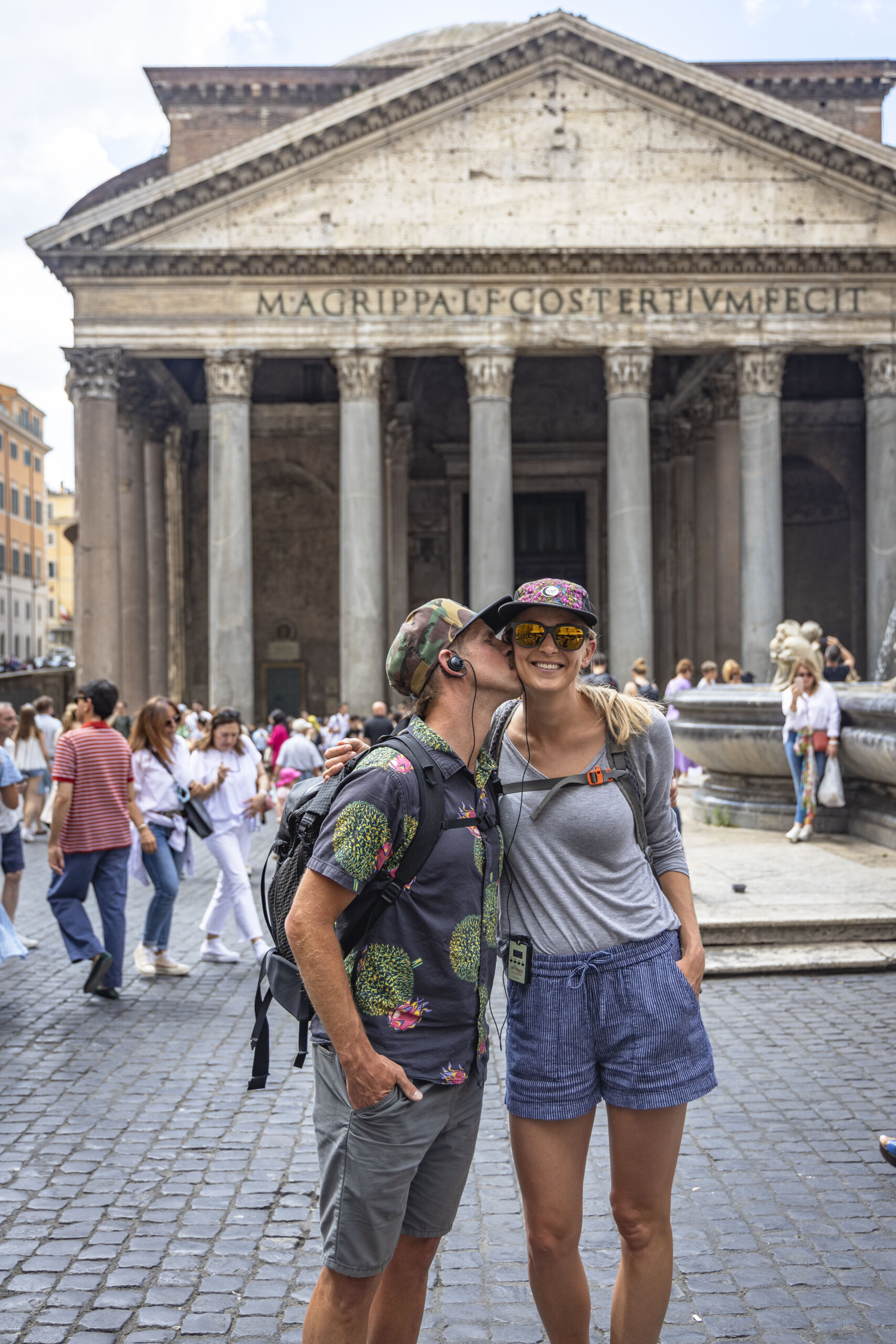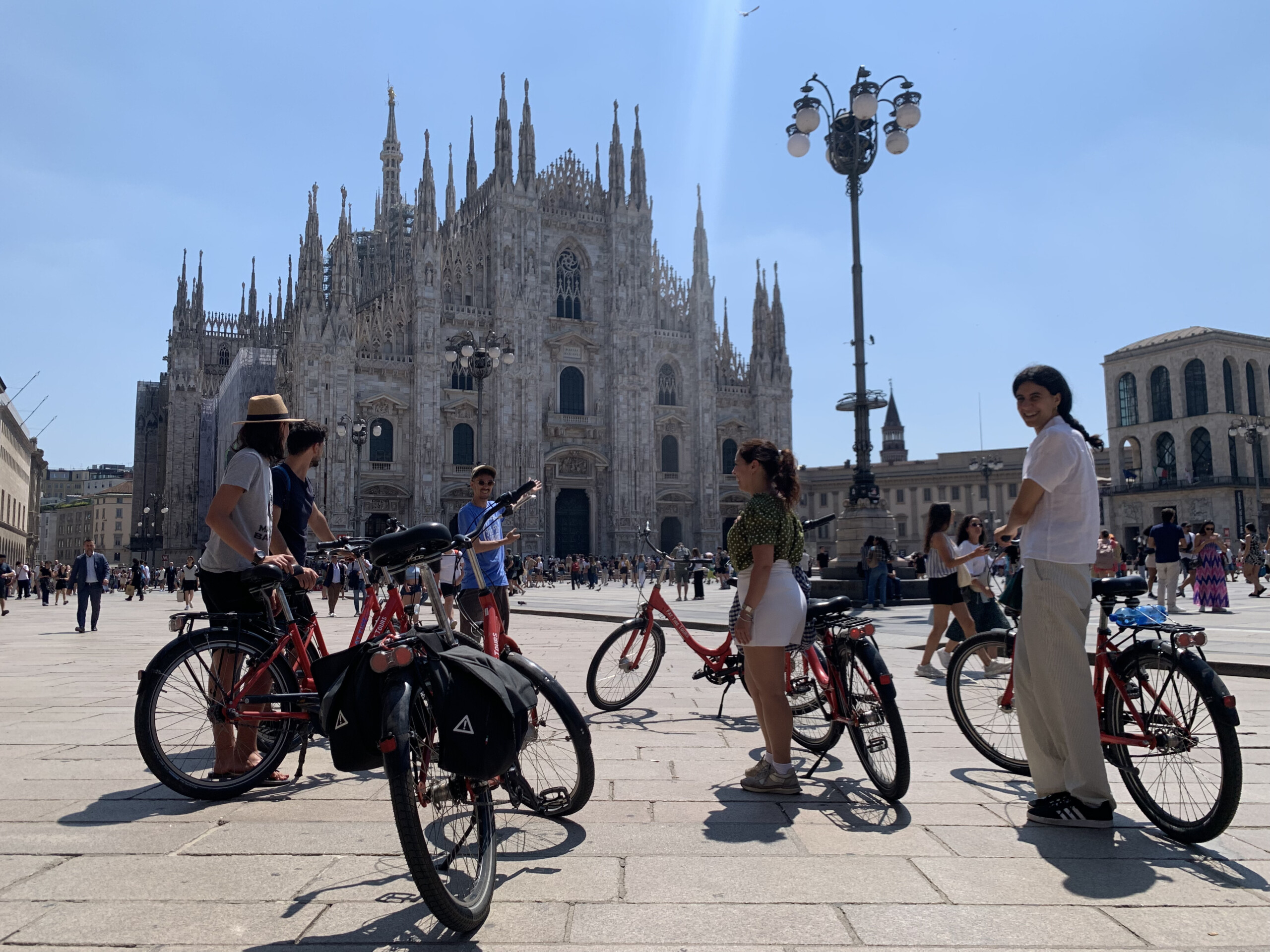5 Hidden Washington, D.C. Gems Tourists Never Know About
By Ryan Donovan
Yes, the Washington Monument is awe-inspiring. Of course, the Kennedy Center wows anyone who steps inside. All of the most famous sites of Washington, D.C. are popular for good reason!
But what about the hidden secrets of Washington, D.C. that are off the beaten path for tourists? Care to adventure away from the crowds to discover some secrets of the District?
If you’re traveling through D.C. on a budget, or perhaps there to explore D.C.’s culinary scene, add these five hidden gems to your itinerary – and get ready to explore!
The Titanic Memorial
Despite the world-famous disaster to which this memorial is dedicated, it is one of D.C.’s most under-visited memorials. Built by the Women’s Titanic Memorial Association, the 13-foot tall marble statue honors the men who perished during the Titanic disaster so that women and children could be saved. You can find the memorial along the Potomac River at the end of South Waterfront Park. Perhaps the statue’s pose will remind you of something else Titanic-related?
View this post on Instagram
The Capitol Stones
In Washington, D.C. we’re all about delving into the depths of history. And you’ll do just that when you venture deep into the heart of Rock Creek Park to find one of D.C.’s notable urban myths – the Capitol Stones.
A slight trek from one of Rock Creek’s nature centers will lead you to an array of intricately carved sandstone slabs. From 1800 to 1958, these stones held up the East side of the Capitol, before they were torn out during an extensive renovation of the Capitol Building. The stones had multiple homes since the renovation, eventually being strewn about a secluded patch of Rock Creek Park nearly a decade ago. Today, they lay in an abandoned clearing, stacked 10 feet high, moss and vines creeping into their cracks and crevices.
No one in Washington, D.C. can pinpoint who maintains the stones today, but one thing is for sure – delving into this ornate maze of history is a surreal experience visitors won’t soon forget.
The DuPont Underground
In the mid-1900s, before the modern-day metro system was even a thought on a piece of paper, Washingtonians used to be shuttled about the city by a network of above-ground streetcars. In the Northwest section of the city, the DuPont Circle station was one of the largest stations in the system, as well as the only streetcar station in the city that was fully built underground.
When it fell into disuse after the streetcar system was replaced by buses and metro trains, the station was briefly used as a short-lived food court (no one wanted to have a nice lunch in dark tunnels!) and even as a nuclear shelter during the Cold War.
Today, the station is now known as The DuPont Underground, a 15,000-square foot arts and culture hub where local creators showcase their work. Descend down below the streets of the DuPont Circle neighborhood to find graffiti splashed across subway tiles and various exhibits playing with the light and acoustics of the tunnel system.
View this post on Instagram
The Boundary Stones
Journey back to the very day Washington, D.C. was born – with the stones that were laid to establish the new federal city. In 1791, President Washington commissioned the laying of 40 stone markers in a 10-mile by 10-mile square where the Potomac and Anacostia Rivers met, designating the borders of Washington, D.C.
Miraculously, almost every stone has survived to this day, still firmly planted in the ground along the District’s original borders. Surprisingly few people even know they exist. That could be due to how well many of these historical markers have faded into the backdrop of a modern capital city. The very first Boundary Stone is set inside a seawall in Alexandria, Virginia beneath the Jones Point Lighthouse.
Protected by brass jail cell bars, the stones possess a slight aura of mystery. While most stones are protected similarly, a few stones remain out in the open in some of the most common locations. For instance, a stone in Northeast D.C. sprouts up in the middle of a McDonald’s parking lot.
Wherever they’re located, the stones offer a glimpse into the earliest days of Washington’s history, and should certainly be on the more adventurous visitors’ itinerary!
Crispus Attucks Park
If the famous National Mall is known as “America’s Front Yard,” then D.C.’s Crispus Attucks Park should be known as “America’s Pocket Park.” (Explore the National Mall and surrounding areas with Fat Tire Tours D.C.!)
Nestled in the middle of historic Victorian townhouses, this tiny gem of green space is a charming focal point for the Bloomingdale neighborhood. You can access a park down a single alleyway between U and V streets in northwest D.C. The alleyway is so inconspicuous that even many surrounding residents don’t even know it’s there, so keep your eyes peeled!
View this post on Instagram
From 1910 to 1976, the space was actually owned by the Chesapeake & Potomac Telephone Company and used the area as a cable yard and switching station. Today, it’s a secluded little green patch where you can find neighbors playing with their dogs, summertime loungers relaxing on shady benches, and picnic-goers enjoying an outdoor meal beneath a wooden pergola.
So if you’re looking for a quiet escape from the hustle and bustle of the District, then Crispus Attucks Park is your go-to spot!
[maxbutton id=”1″ url=”https://www.fattiretours.com/washington-dc” text=”Explore D.C. with Fat Tire Tours!” ]




